When the Kitum Cave was first discovered, the many marks, scratches, and furrows along its walls were assumed to have been the work of picks wielded by ancient Egyptians searching for gold or diamonds. In fact, the excavated sections of the cave are the result of something much more unusual.
The cave is found on Mount Elgon, an extinct shield volcano, and it developed as the result of cooling volcanic rock. The cave, which extends some 600 feet into the mountain, has walls that are rich in salt, and it is here that the mysterious cave diggers reveal themselves.
Each night for hundreds (possibly thousands) of years, animals have traveled into the cave in the dead of night to use it as a giant salt lick. Buffaloes, antelope, leopards, hyenas, and most of all elephants bumble blindly through the cave (the elephants often bump their heads in the process), making their way to the salty walls of the cave. It is the elephants that have done the digging.
Using their massive tusks, the elephants pull off chunks of the walls to crush and lick up the salt. Over the centuries this has resulted in a noticeable increase in the size of the cave as well as walls that are covered in tusk marks. The trip to the depths of the cave is not without its dangers; there is a deep crevasse into which many younger, more inexperienced elephants have fallen, leaving behind an elephant graveyard.
The Kitum Cave is more recently famous for a very different sort of lifeform: a deadly virus. In 1980 and again in 1987, visitors to the cave contracted Marburg virus, a deadly virus similar to Ebola. The cave and Marburg virus rose to notoriety when they were featured in the 1994 bestseller The Hot Zone. It is believed that bats in the cave are carriers of the virus, and that their powdered guano may act as the disease vector.

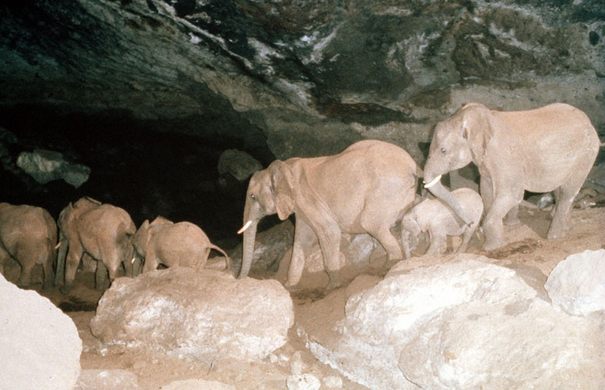
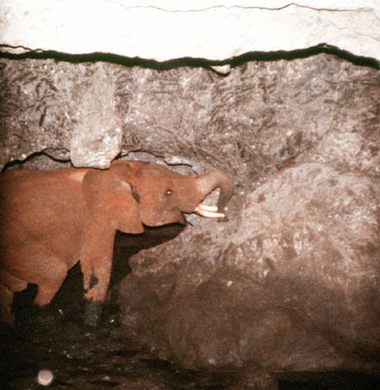
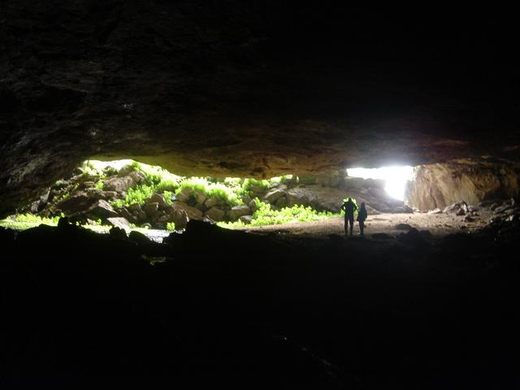
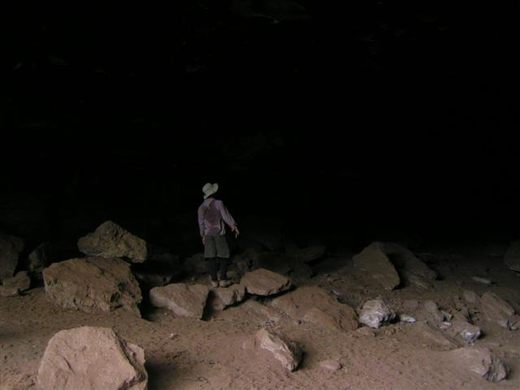

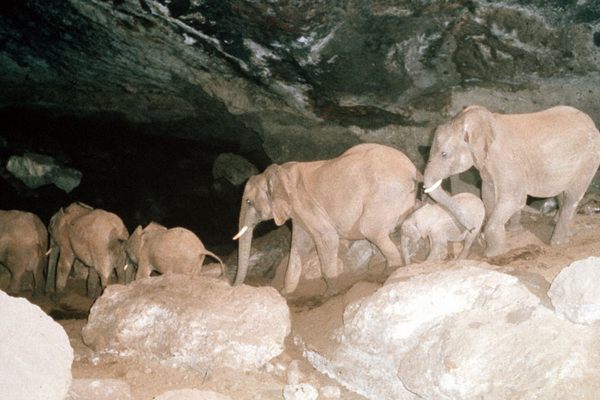





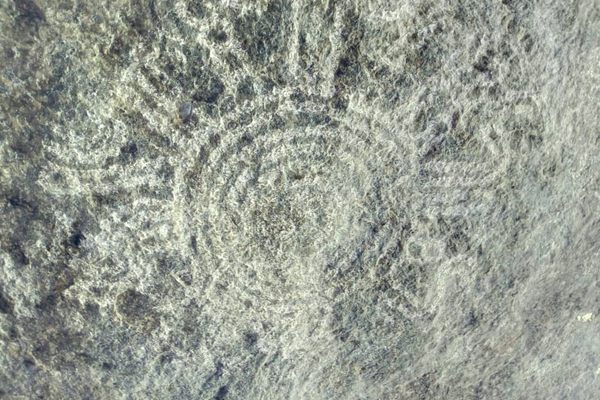









Follow us on Twitter to get the latest on the world's hidden wonders.
Like us on Facebook to get the latest on the world's hidden wonders.
Follow us on Twitter Like us on Facebook